What is maltose?
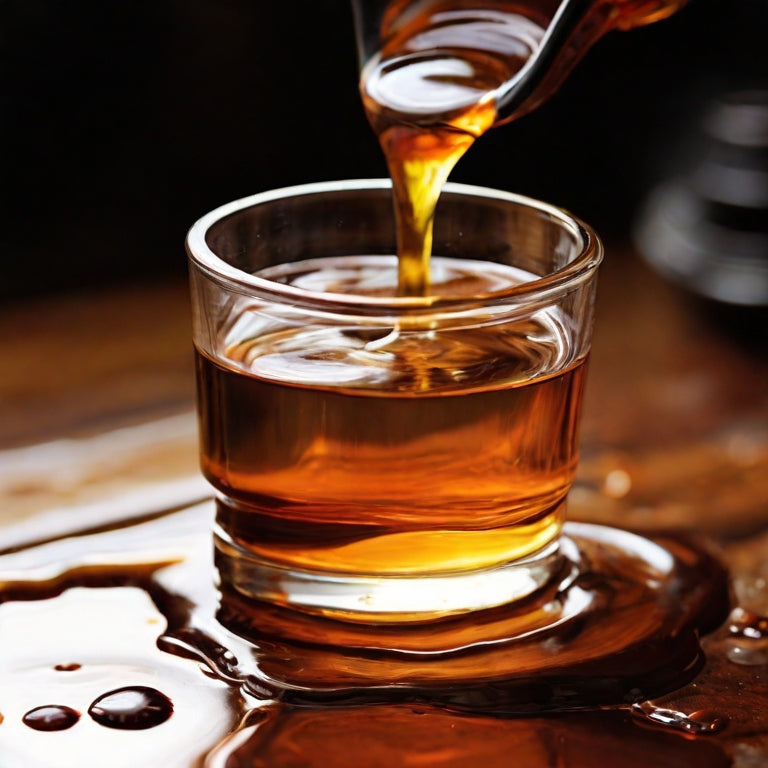
Most sugars are short chains of smaller sugar molecules that serve as building blocks. Maltose is made up of two units of glucose. Table sugar, also called sucrose, is made from one type of glucose and one type of fructose. Maltose can be produced by the breakdown of starch. Enzymes in the intestines break these glucose chains into maltose. Plant seeds also produce enzymes that release sugars from starch when they germinate.

People have long exploited this natural process for food production. For example, in the malting process, grains are germinated in water and then dried. This activates enzymes in the grain to release maltose and other sugars and proteins. The sugars and proteins in malt are very nutritious for yeast, so malt becomes important in brewing beer, whiskey and malt vinegar.
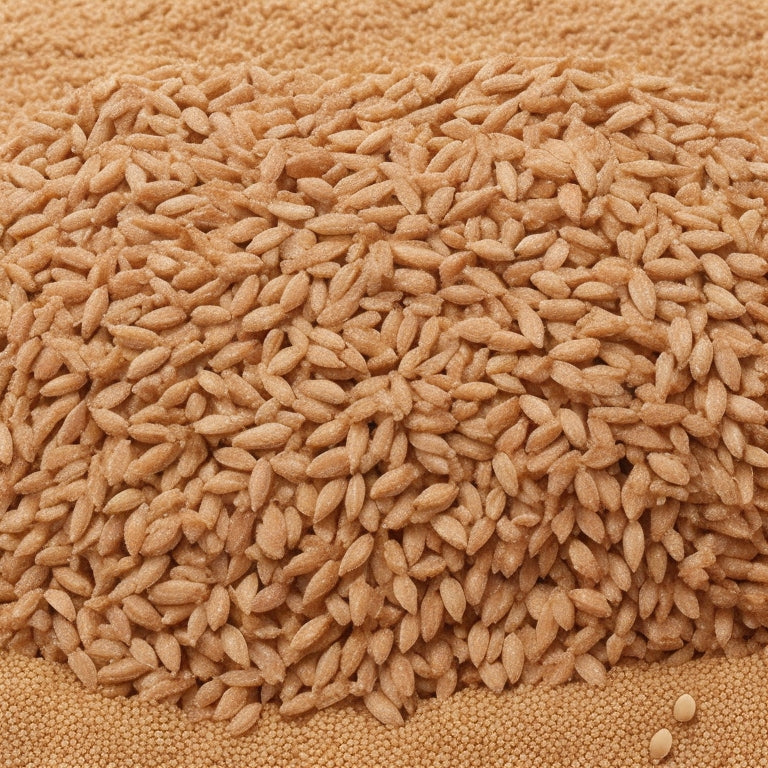
Malted grains are also used as a sweetener in candies and desserts. Maltose can be purchased as dried crystals where brewing supplies are sold, or as a syrup with baking supplies. The syrup is usually corn-based, but don't mistake it for high-fructose corn syrup.
Foods with high maltose content
Maltose occurs naturally in many different foods. You can find it in cooked sweet potatoes, pears and honey, wheat, cornmeal, barley and several ancient grains. Malted grains are also used to add natural sweetness in a variety of processed foods, such as breakfast cereals, beer, and bread.
Fruits are another common source of maltose in the diet, especially peaches and pears. Sweet potatoes contain more maltose than most other foods, which is responsible for their sweet taste. Most syrups get their sweetness from maltose. High maltose corn syrup provides 50% or more of the sugar in the form of maltose. It can be used to make hard candies and an inexpensive sweetener.
Is maltose healthier than table sugar?
People commonly use sucrose (also called table sugar) to cook and sweeten foods. It is another short two-sugar chain consisting of one glucose molecule linked to one fructose molecule. Because sucrose provides both sugars, its health effects may be intermediate between those of glucose and fructose. However, fructose has more serious health effects and is metabolized differently than glucose. Eating a high-fructose diet may lead to faster onset of obesity, insulin resistance, and diabetes. Since maltose is composed only of glucose and not fructose, it may be healthier than table sugar. However, no studies have investigated the effects of replacing maltose with fructose, and more research is needed.
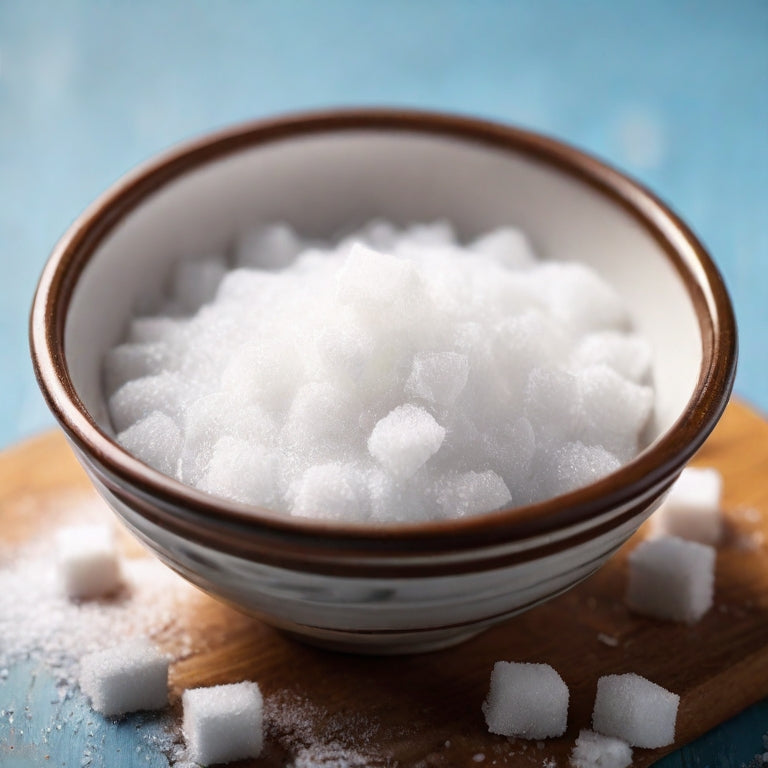
High maltose corn syrup and high fructose corn syrup
Some people believe that table sugar is healthier than the often-demonized high-fructose corn syrup. But in fact, their fructose content is very similar. Table sugar is exactly 50% glucose and 50% fructose, while high fructose corn syrup is about 55% fructose and 45% glucose. This small difference makes table sugar essentially no healthier than high fructose corn syrup. Food companies have tried to avoid the public's growing negative perception of fructose by replacing high-fructose corn syrup with high-maltose corn syrup. They may be right to do so. If you substitute maltose for the same amount of fructose, gram for gram, it might be a slightly healthier choice. Typically, high maltose and high fructose corn syrup can be substituted for each other in a 1:1 ratio, but individual products may vary. Just because fructose may be worse for you, that doesn't necessarily make maltose healthy. Remember, maltose is still sugar and should be used in moderation.
Is maltose bad for you?
There is little research on the health effects of maltose in the diet. Because most maltose breaks down into glucose when digested, its health effects may be similar to other sources of glucose. Nutritionally, maltose provides the same number of calories as starch and other sugars.
Your muscles, liver, and brain convert glucose into energy. In fact, the brain gets its energy almost entirely from glucose. Once these energy needs are met, any remaining glucose in the blood is converted to lipids and stored as fat.
Can maltose be eaten every day?
Like other sugars, when you eat maltose in moderation, your body uses it for energy and does no harm. However, if you consume too much maltose, it can lead to obesity, diabetes, and heart and kidney disease, just like other sugars.
Is maltose a reducing sugar?
The free aldehyde formed by ring opening can react with Fehling's solution, so maltose is a reducing sugar.
Is maltose a starch, a disaccharide or a monosaccharide?
Maltose, also known as maltobiose or maltose, is a disaccharide composed of two units of glucose connected through an α(1→4) bond.
Maltose is not a starch or a simple sugar.
Does maltose contain gluten?
Maltose is a type of sugar that is inherently gluten-free.
Can maltose be heated?
Yes. The melting and boiling points of maltose are 110°C and 398°C respectively.
Due to its stiffness, consistency, and extreme viscosity, it may be difficult to handle at room temperature. At room temperature, it is many times thicker than ordinary syrup: even if you turn it upside down, it will not fall out of the cup. If you stick a spoon in it, it will feel very hard and difficult to stir. It will become thinner when heated, but still very sticky.
The maltose is easier to handle after it has softened, heat it in the microwave for 15 seconds or in a water bath on the stove. Before scooping out the maltose, coat a measuring spoon with a thin layer of oil. The syrup will fall off the spoon more easily.
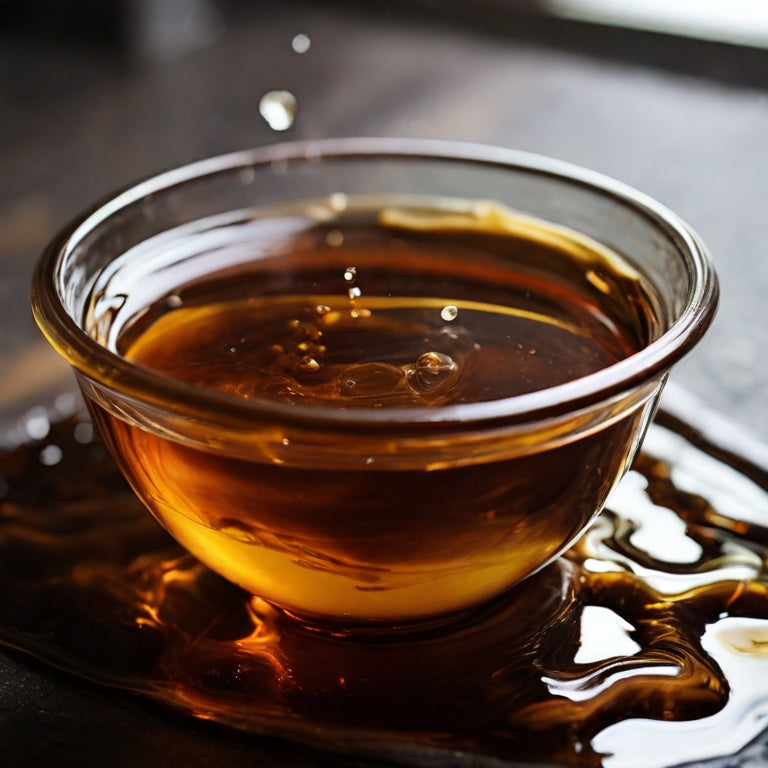
Life use
Because of its thick consistency, maltose syrup allows the glaze to stick to the surface better than most other kinds of syrup. It is an important ingredient in the barbecued pork glaze.
Because of its thick consistency, malt syrup allows the glaze to stick to the surface better than most other kinds of syrup. It is an important ingredient in the barbecued pork glaze.
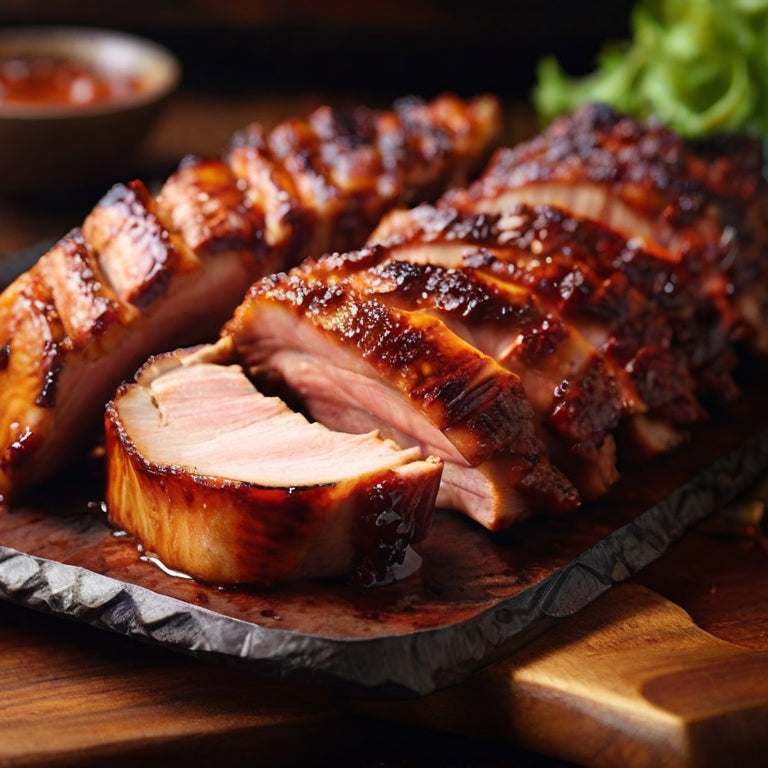
Maltose is also widely used in dishes such as glutinous rice, Peking duck and moon cakes. The most common way to eat it is to add a layer of maltose to two biscuits.

Summary
Maltose is a type of sugar that tastes less sweet than table sugar. It contains no fructose and is used as a substitute for high fructose corn syrup. Like any sugar, maltose can be harmful if consumed in excess, leading to obesity, diabetes and heart disease. Instead, use fruits and berries as sweeteners. This will help you reduce added sugar in your diet. Plus, while they do contain small amounts of sugar, they also provide additional nutrients like fiber, vitamins, and antioxidants. Maltose may be preferable to sugars containing fructose. However, it is still sugar, so eat less of it.














